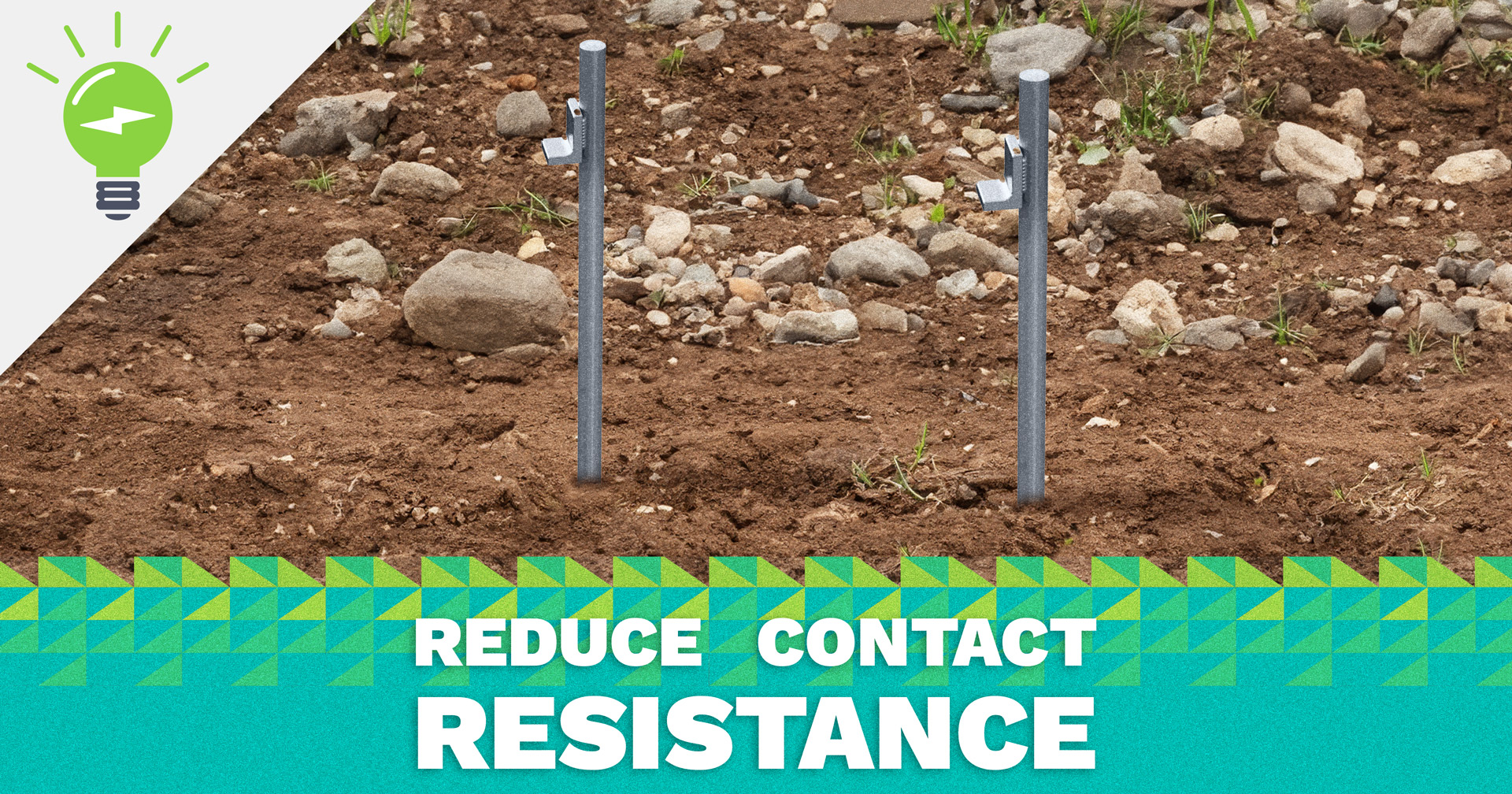
Honestly, this blog post has been a long time coming. Why? Because “How do I improve contact resistance?” is probably one of our top 5 most asked questions from AGI customers. The question comes up in nearly all of our AMA Webinars, seminars, and troubleshooting calls. So we’re finally answering this question in the blog (and AGI Help Desk) so that you’ll always have the answer on hand!
Alright, let’s get into it.
So, what is considered “good” contact resistance?
Having good contact resistance is a necessity for any electrical resistivity or induced polarization (IP) survey. Lowering the contact resistance simply allows more current—which raises your signal higher over any noise present (higher S/N). However, what is considered “good” contact resistance can vary depending on your situation so it’s hard to give you a definitive number of ohms to look for.
Basically, you want to get the lowest number of ohms possible. We will often recommend that our customers strive for <5,000 ohms for contact resistance. Although the ideal number would be <1,800 ohms—especially if you’re doing an IP survey.
Tips on how to reduce contact resistance:
These simple materials listed below will go a long way in your fight against high contact resistance:

Saltwater or Regular Water: For most purposes, soaking the ground underneath your stainless steel stakes with saltwater will work to improve contact resistance. A 2% saline solution should be fine. If saltwater is not available, non-saline water can also work.
Bentonite Slurry: Powdered or fine-grained bentonite mixed with water can make a pourable solution that will not drain away or evaporate like water can. This slurry can be poured at each stake or even inside a borehole in order to improve contact resistance. You can also opt to mix bentonite with salt water to make an even more conductive slurry.
Foil Pits: Sheets of standard aluminum foil can be used. Dig a small hole where your electrode will be. Simply tear a few small sheets of foil and place where your stainless steel stake will be hammered. Then, impale the sheets with your stake when hammering into the ground to create a foil pit. Cover the pit with loose dirt.
Some or All of the Above: Though not completely necessary, you can mix and match some of the above methods. As mentioned, you can mix bentonite and salt water. You can also soak the ground underneath your foil pit with salt water or bentonite—and then add more salt water on top of the foil.

Above: Example of reducing contact resistance using salt water and foil pits
Some survey areas require specific solutions
While the methods listed above will work in most cases, your survey location may require a specific solution. For instance, if you’re surveying in really hot weather, using water will probably not work for you. The water could evaporate by the time you’re ready to start your measurements. In that case, you would want to use bentonite or foil pits.
Also, gravely or rocky areas can be tricky. Water may not be much use there because of the porosity of the surface. Bentonite slurry should be used if gravel, or other materials with many air-filled pore spaces, are in contact with the electrodes.
That’s all folks!
Seriously, that’s it! Pretty easy, right? You now know how to improve contact resistance for your next survey. Tell your co-workers, tell your friends, tell your pets if they’ll listen to you.

